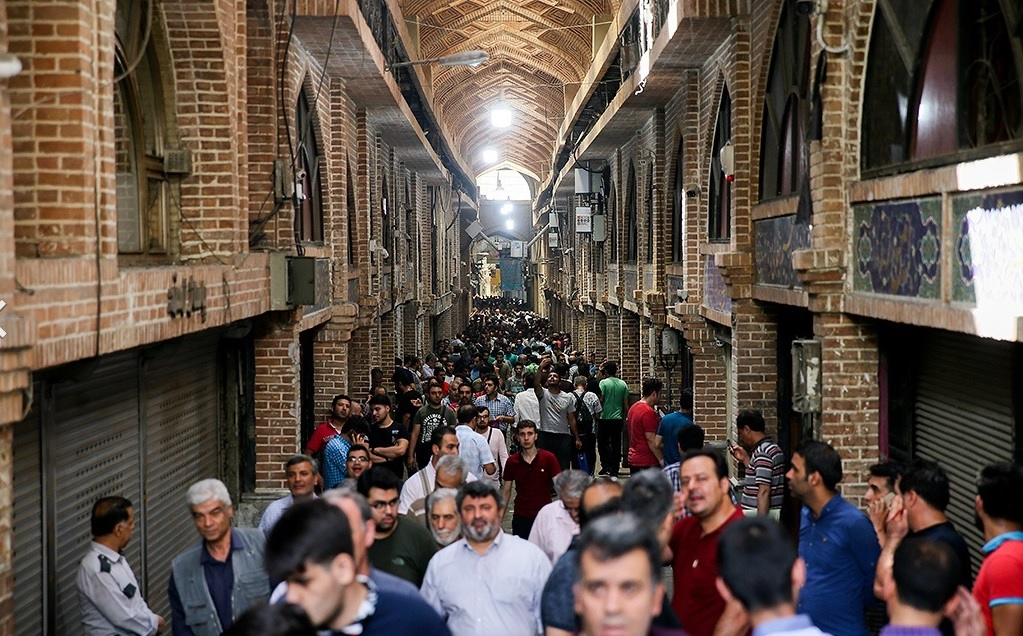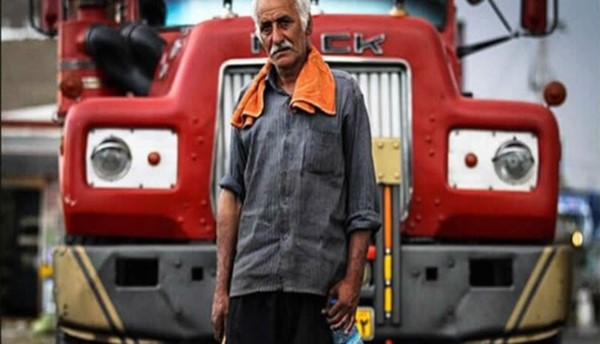The Iranian general strikes are a series of protests that are taking place across Iran against the economic situation.
Over the past 12 months, a single week hasn’t passed where some sort of protest and demonstration has not taken place somewhere in the country.

From truckers, steel and sugar refinery workers, and farmers to teachers and students, virtually every Iranian group and community has expressed its discontent with the current political structure.

Since Dec 2017, workers from several factories in Iran have been on constant strike due to unpaid wages, inflation, and corruption. On 2 November 2018, workers at the Haft Tappeh Cane Sugar Company’s factory in Shush started their own strikes. On 15 November, the workers strike escalated and protests spilled onto the streets of Shush. On 4 December, workers in Ahvaz protested for the 25th straight day, and chanted. On 17 December, the security forces cracked-down and arrested 51 workers in Ahvaz.
The Supreme Leader’s Soldiers: Iranian Preachers Fight Big Political Battles

On 29 November 2018 Esmaeil Bakhshi, one of the leaders of the strikes in Shush, was severely tortured during his detention and transferred to a hospital in Ahvaz.

On Dec 29, 2018, the teachers and educators of Isfahan and Urmia held protests against low salaries and imprisonment of teachers.

On Dec 28 University students held protests in the streets of Tehran for three days to demand that those responsible for a deadly bus crash be held accountable. Ten students died on December 25 in an accident involving a university bus that was known to be unsafe.

Farmers gathered in Isfahan on 2 January to protest the lack of water in the Zayanderud. The protestors were met by security forces who fired tear gas and live rounds into the air to disperse the crowds. Some of the slogans the farmers shout during protests include, “Farmers will die but won’t give in to disgrace” and “death to dictator.” “The enemy is right here, [the regime] is lying that it’s the U.S.”
Syrian Forces Enter Key Northern City, As Russia Hails Move

Meanwhile, the remarks of high-ranking Iranian officials on the occasion shows the tension and fear that is plaguing the entire regime from the ongoing protests across the country and the role that the Iranian opposition is playing.
“Opportunists and anti-revolutionaries want to take advantage of the political turmoil inside the country,” warned Ali Larijani, the Speaker of the Iranian regime’s parliament, who spoke on the occasion of the Ashura uprising. “The opponents of the revolution are seeking an opportunity to cause damage to the revolution.”
In a parliament session, MP Naser Mousavi Larigani said, “The 2009 sedition pursued the aims of the PMOI/MEK to destroy our system.”
In Shahr-e Kord, Abdollah Ganji, one of the directors of the IRGC-owned Fars News Agency, said, “The PMOI/MEK members are creating content for social media networks.” Ganji also noted that the MEK has had a pivotal role in publishing news about labor strikes and protests and in disclosing the details of the lavish lifestyles of Iranian officials and their children abroad, which is a stark contrast to the extreme poverty that has become the everyday reality of the lives of millions of Iranians.
In the meantime, members of resistance units, across the country are seen putting up posters and other images of martyrs associated to the Iranian resistance movement.
Members of Resistance Unit in Mashhad, northeast Iran, put up posters of various martyrs of the uprising with subtitles marking their courage.
Members of resistance units in Tehran put up posters of various martyrs to commemorate their bravery and vowed to continue their path until the mullahs’ overthrow.
A member of a resistance unit visited the gravesite of one such martyr also pledging to continue this path and bring an end to the regime that has brought nothing but misery for the Iranian people during the past four decades.
A resistance unit member in Kermanshah, western Iran, also took to graffiti and wrote, “College students will not accept living in shame. This resistance unit also sent a message in memory of the ten individuals who lost their lives recently in a bus accident in Tehran.
In his recent article, Dr. Behrouz Puyan, a political science expert from Tehran, concluded “With conditions inside Iran and abroad changing dramatically, the PMOI/MEK implemented its new strategy of launching resistance units. Numerous teams, forming a huge network, are now in direct contact with Iranian society.
“By organizing and leading the Iranian uprising in an effective manner, resistance units are injecting new life in the society and protesters on the streets.”

